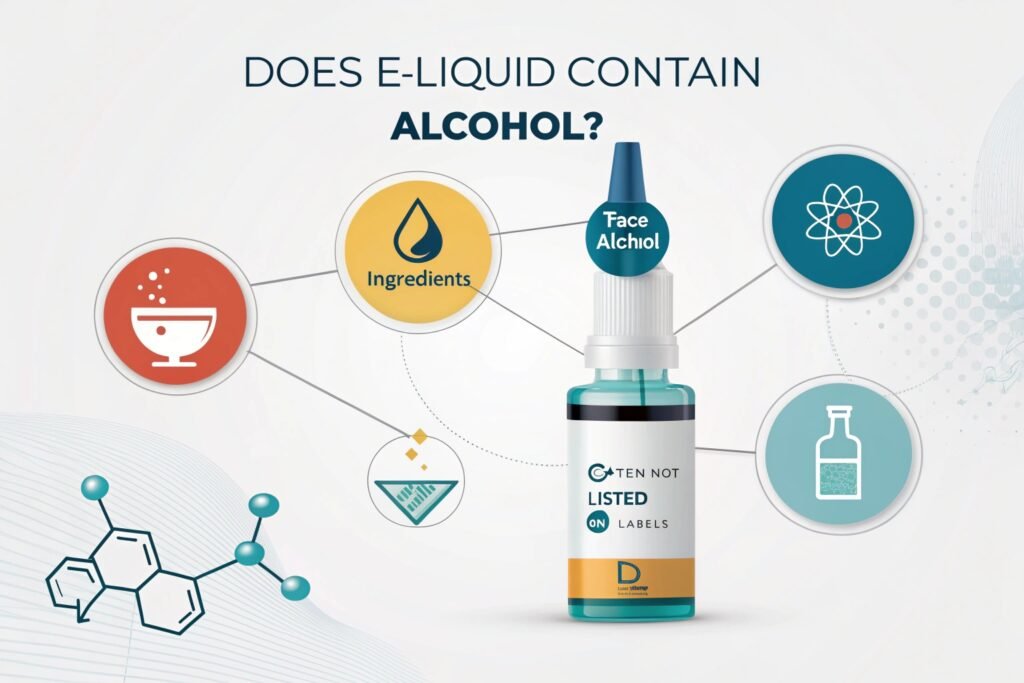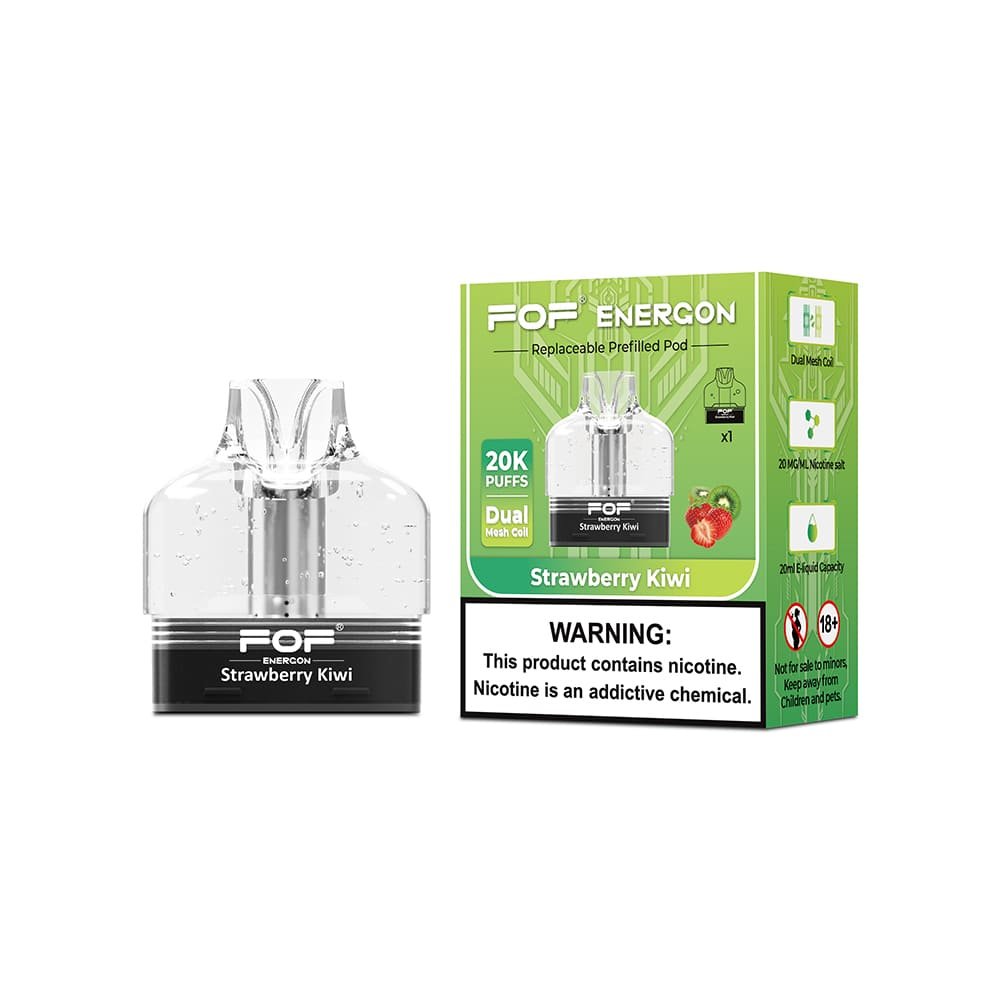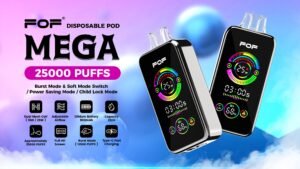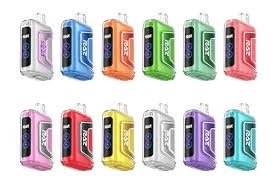E-liquids have surged in popularity, fueling the vaping trend. But concerns linger about what exactly we're inhaling. Is alcohol one of those ingredients?
Some e-liquids may contain trace amounts of alcohol, often used as a solvent for flavorings. However, the concentration is usually very low and may not be listed on the product label. Alcohol-flavored e-liquids mimic the taste of alcoholic beverages without actually containing significant amounts of alcohol.

"Close-up of an e-liquid bottle showing the ingredient list"
As someone who's been involved in the vaping industry, I understand the importance of knowing what's in your vape juice. Let's clear up the confusion around alcohol in e-liquids1.
I. Introduction
Vaping has exploded in popularity over the last decade. E-liquids, also known as vape juices, are the lifeblood of this trend. They come in countless flavors, promising a personalized experience. But questions arise about their composition. Are there hidden ingredients we should be aware of, like alcohol?
The concern about alcohol content in vape juices is valid. Consumers want to know exactly what they are inhaling. Reports from sources like WIRED and NPR highlight the growing scrutiny surrounding e-liquid ingredients. Transparency is key for building trust and ensuring responsible vaping.
II. Composition of E-Liquids
To understand the potential presence of alcohol, let's break down what e-liquids typically contain. The main ingredients are:
- Propylene Glycol (PG): A thin, odorless liquid that carries flavor.
- Vegetable Glycerin (VG): A thicker liquid that produces vapor clouds.
- Nicotine: An optional addictive substance, present in varying strengths.
- Flavorings: A wide range of chemicals that create different tastes.
According to FOF Vape, these four components form the base of most e-liquids. The specific ratios of PG and VG can vary, affecting the vapor production and throat hit. Flavorings are often complex mixtures of natural and artificial compounds.
III. Presence of Alcohol in E-Liquids
So, where does alcohol fit in? Alcohol might be present in e-liquids for a specific reason: as a solvent. Flavorings are often highly concentrated and need a solvent to dissolve and blend properly with the PG and VG. Alcohol, typically ethanol, can serve this purpose.
However, the prevalence of alcohol and its concentration levels in e-liquids are generally low. It's usually present in trace amounts, and many manufacturers avoid using it altogether. The concentration is typically so low that it may not even be listed on the product label.
IV. Health Implications of Inhaling Alcohol
The health implications of inhaling alcohol2 through vaping are a subject of ongoing research. Studies are still limited, but initial findings suggest potential risks. Inhaling alcohol can irritate the respiratory system. It can also lead to inflammation and other adverse effects.
Specific groups might be more vulnerable. Individuals with pre-existing respiratory conditions, such as asthma or COPD, could experience worsened symptoms. More research is needed to fully understand the long-term effects of inhaling even small amounts of alcohol via vaping.
V. Alcohol-Flavored E-Liquids
It's important to distinguish between e-liquids that contain trace amounts of alcohol as a solvent and those marketed as "alcohol-flavored." These flavors are designed to mimic the taste of alcoholic beverages, such as whiskey, rum, or cocktails.
According to FOF Vape, these alcohol-inspired flavors do not contain actual alcohol in significant amounts. They rely on flavorings to replicate the taste. The appeal of these flavors lies in their novelty and the desire to experience familiar tastes without the effects of alcohol.
VI. Regulatory Perspectives
Regulations concerning alcohol content in e-liquids vary across different regions. Some countries have strict limits on the amount of alcohol allowed, while others have no specific regulations. It's essential for consumers to be aware of the regulations in their area.
Labeling requirements also differ. Some regions require manufacturers to list all ingredients, including alcohol, while others do not. Consumers have the right to know what they are inhaling, so clear labeling is crucial.
VII. Tips for Consumers
How can consumers identify alcohol-free e-liquids? Here are some tips:
- Read the label carefully: Check the ingredient list for alcohol or ethanol.
- Ask the manufacturer: Contact the manufacturer directly to inquire about alcohol content.
- Consult the retailer: Ask the retailer for information about the e-liquids they sell.
According to VCU News, being proactive and informed is the best way to ensure you're making a safe choice. Don't hesitate to ask questions and demand transparency from manufacturers and retailers.
VIII. Conclusion
In conclusion, while some e-liquids may contain trace amounts of alcohol as a solvent, the concentration is generally low. Alcohol-flavored e-liquids mimic the taste of alcoholic beverages without significant alcohol content. As highlighted by WIRED and VCU News, consumers should prioritize informed decision-making.
Ultimately, safe vaping practices rely on transparency and awareness. By understanding the composition of e-liquids and asking the right questions, you can make choices that align with your health and preferences. Remember, resources like Healthline can provide additional information and guidance.






